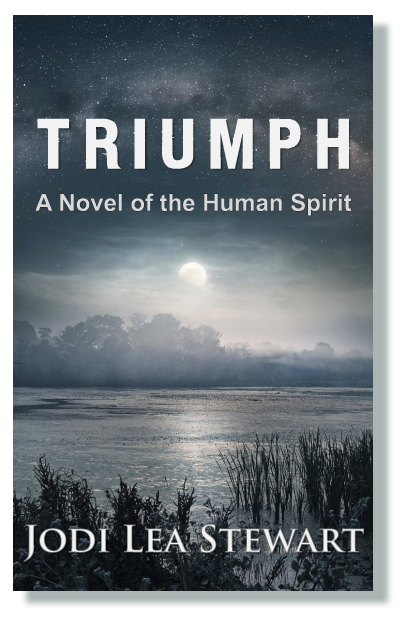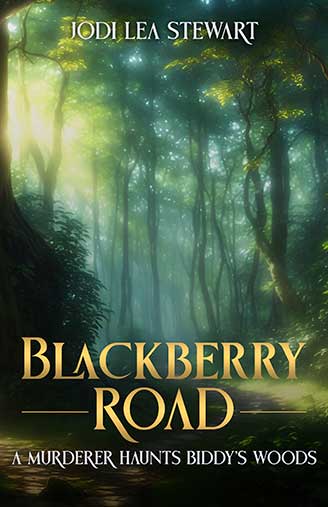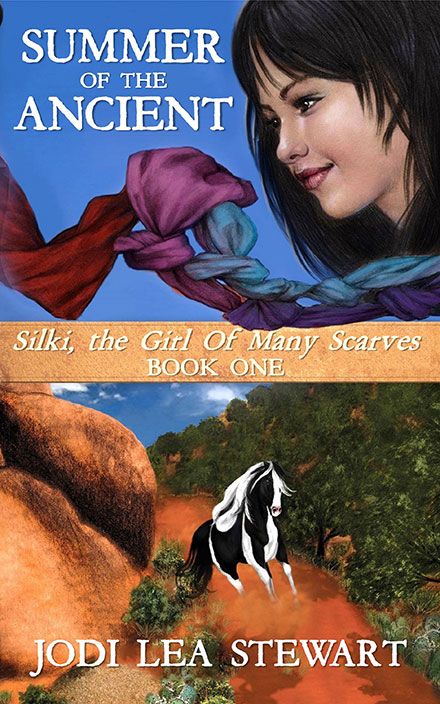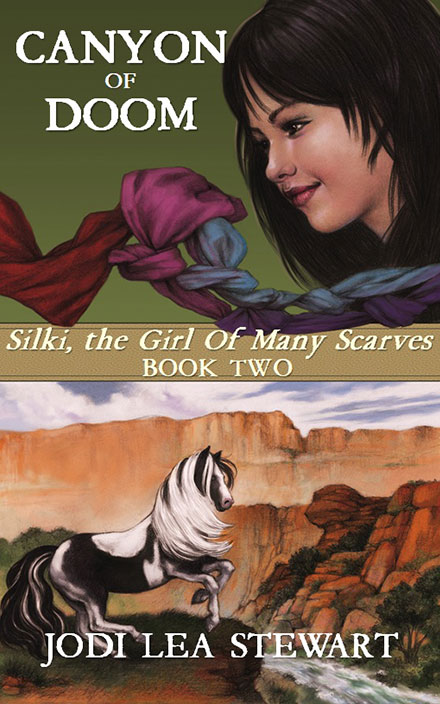
Did early Americans invent embroidery to make samplers and decorate hope-chest items for hopeful young ladies waiting to become wives and mothers?
Hardly! The art of embroidery started in China thousands of years ago.
China began to weave silk from silkworm cocoon fibers about 5,000 years ago. Producing silk fabrics and silk threads inspired the art of embroidery as a way to enhance silk material. A landslide of fabric enhancement followed as dragon robes for Emperors, room screens, book covers, wall hangings – even mattresses – were painted with colorful silk threads.
Elegant embroidered fabric became the symbol of China in the new world.
A touch of history
Embroidered silk was regularly used for maps in the second and third century AD. Embroidered products were a luxury only for the Royal family, and their use and creation was strictly regulated by the government. During certain dynasties, particular forms of embroidery were used to buy horses and settle debts.
The oldest piece of recovered Chinese embroidery is over 2,000 years old, and was discovered in 1958 in a tomb of the Warring States Period (475-221 BC).
The four famous Embroideries of China
- Xiang embroidery in central China
- Shu embroidery in western China
- Yue embroidery in southern China
- Suzhou, or Su, embroidery in eastern China.
The Suzhou style became famous during the Song Dynasty (960-1279). It remains the principal form of hand-art embroidery in the world today.

Jiuzhaigou Scenery @ www.suembroidery.com
Su Embroidery
Su Embroidery is characterized by smoothness, stitch density and outstanding, life-like color tones and qualities.
Double-sided embroidery is another Su embroidery technique. Artisans sometimes stitch different patterns on the opposite sides. The stitching is accomplished with ultra-thin needles. The silk threads are divided until the actual thread filaments are nearly impossible to see.
Alan McIntyre, a Suzhou embroidery collector in Scotland, said, “Suzhou artists, using a sharpened thumbnail, can split the already hair-thin silk into filaments as fine as one forty-eighth of the original (size) . . .”
The work is so labor-intensive, it may look as though nothing is happening two weeks or longer on a piece that has been diligently stitched non-stop!
Some embroidery pieces require such deep concentration that two embroiders can work on the piece for no longer than twenty minutes each.
An exquisite art nearly lost
Generation after generation, the Ku family of Suzhou produced lavish embroideries for the Emperors of China.
By the late nineteenth century, the tradition was dying out. During the Republic of China period (1912-1949), the industry declined further.
Fortunately, after the founding of new China in 1950, the beautiful art form was restored and regenerated. The central government launched training courses for the study of embroidery.
Research centers were created to specifically study Su Embroidery.

Equisite Su Embroidery www.suembroidery.com
In 1957, the Suzhou Embroidery Research Institute (SERI) was founded to:
- help rescue the beautiful art form
- research traditional Chinese embroidery and tapestry techniques
- develop new stitches
- train new generations of needleworkers
It’s in Chinese, but this is a fascinating video to watch about painting with needles
Another page to visit because you want to.
Painting photographs with needles
In the early 1980s, an American landscape photographer, Robert Glenn Ketchum, saw a photograph in the Los Angeles Times of an embroidered banner of Mao-tse-Tung in a Beijing political rally. The banner showed the kind of photo-realism Ketchum was seeking to represent his famous photographs. The photo credit revealed the banner to be the work of SERI. Ketchum traveled to China and proposed his ideas to the institute in Suzhou.
An alliance was formed which lasted more than two decades, reproducing Ketchum’s famous landscape photos as silk paintings done with needles. Each reproduced painting required many months, or even years, to complete.
New stitches, colors and looms were created for the project. The process stretched the Su embroiderers to absorb many western painting techniques. SERI’s Random Stitch Embroidery studio used traditional, as well as newly created stitches, of different lengths and weights. The stitches went in different directions across a silk gauze background to control the reflection of light across the threads, something never before done.
The intriguing alliance between the Suzhou Embroidery Research Institute (SERI) and landscape photographer Robert Glenn Ketchum produced art like none other in the world.
Many of Ketchum’s works by SERI were displayed in the 1999 Threads of Light exhibition at UCLA’s Fowler Museum of Cultural History.
The works of art posted here are all embroidered, not painted. But can we really say they aren’t painted . . . with needles?
By the way, I was granted permission to use these embroidered art piece photos by the Suzhou Embroidery Research Institute (SERI).
DEBUTS SEPTEMBER 25!
THE ACCIDENTAL ROAD
Historical Fiction

A teen and her mother escaping an abusive husband tumble into the epicenter of crime peddlers invading Arizona and Nevada in the 1950s. Stranded hundreds of miles from their planned destination of Las Vegas, they land in a dusty town full of ghosts and tales, treachery and corruption. Avoiding disaster is tricky, especially as it leads Kat into a fevered quest for things as simple as home and trust. Danger lurks everywhere, leading her to wonder if she and her mother really did take The Accidental Road of life, or if it’s the exact right road to all they ever hoped for.

Trouble sneaks in one Oklahoma afternoon in 1934 like an oily twister. A beloved neighbor is murdered, and a single piece of evidence sends the sheriff to arrest a black man Biddy, a sharecropper’s daughter, knows is innocent. Hauntingly terrifying sounds seeping from the woods lead Biddy into even deeper mysteries and despair and finally into the shocking truths of that fateful summer.
“Beyond the humor and entertaining antics of the main character, Biddy Woodson, BLACKBERRY ROAD has depth and meaning as it explores stirring universal themes that we expect in great literature” ~ D.B. Jackson, acclaimed Historical and Western author
BLACKBERRY ROAD is engaging, entertaining, and a book that is sure to linger with you . . . the trip is well worth the time ~ Cyrus Webb, Host of ConversationsLIVE, president of Conversations Radio Network, tv show host, author, and publicist
~ALL-AGE FICTION AS IT SHOULD BE~



AN ADVENTURE-MYSTERY TRILOGY YOU DON’T WANT TO MISS! SILKI, THE GIRL OF MANY SCARVES trilogy has no age limits.


 about biscuits and gravy, blackberry picking, chiggers, and snipe hunting. At the age of eight, she moved to a large cattle ranch in the White Mountains of Arizona. Later, she left her studies at the University of Arizona in Tucson to move to San Francisco, where she learned about peace, love, and exactly what she DIDN’T want to do with her life. Since then, Jodi graduated summa cum laude with a BS in Business Management, raised three children, worked as an electro-mechanical drafter, penned humor columns for a college periodical, wrote regional western articles, and served as managing editor of a Fortune 500 corporate newsletter. She currently resides in Arizona with her husband, her delightful 90+year-old mother, a crazy Standard poodle named Jazz, two rescue cats, and numerous gigantic, bossy houseplants.
about biscuits and gravy, blackberry picking, chiggers, and snipe hunting. At the age of eight, she moved to a large cattle ranch in the White Mountains of Arizona. Later, she left her studies at the University of Arizona in Tucson to move to San Francisco, where she learned about peace, love, and exactly what she DIDN’T want to do with her life. Since then, Jodi graduated summa cum laude with a BS in Business Management, raised three children, worked as an electro-mechanical drafter, penned humor columns for a college periodical, wrote regional western articles, and served as managing editor of a Fortune 500 corporate newsletter. She currently resides in Arizona with her husband, her delightful 90+year-old mother, a crazy Standard poodle named Jazz, two rescue cats, and numerous gigantic, bossy houseplants.














